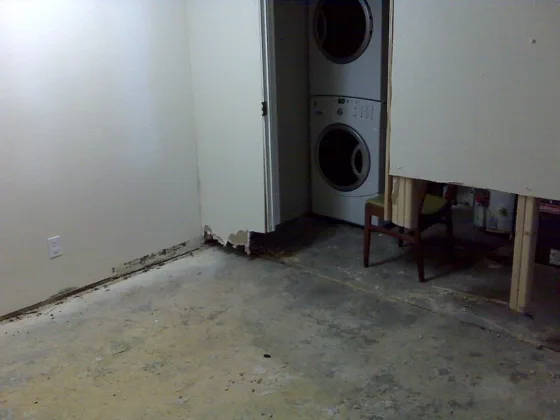The ducting system constitutes the delivery network of HVAC systems that transports and expels waste heat and exhaust air to the outdoors and at the same time takes back return air into the system.
Ducts provide proper ventilation of the indoor while holding cool air in summer and warm air in winter.
Looking after the ducts well is very important to ensure its proper functioning because the ducts remain out of sight and even might be out of mind for most of the time unless it gives some trouble. Periodical maintenance can only ensure that the ducts remain fully functional throughout the year.

The Role of Air and Air Ducts in Producing the Cooling Effect in Sydney Air Conditioning Systems
Read Also:
Understanding the Cooling Effect
Before you understand how air moves through your home, you must understand what air sources are and how the HVAC functions to keep homes cool in summer and warm in winter.
Cooling of homes does not happen because of cooling the air by the machines but on the contrary due to the extraction of heat by the system.
According to the experts at Imperial Air Conditioning, this phenomenon known as thermal transfer generates the cooling effect, and the system uses coolant in the heat pumps and air conditioners that acts as a vehicle for transferring heat.
The coolant absorbs and releases heat despite not coming in contact with the air. Heat exchangers and condensers facilitate the heat transfer by creating an expanded surface area.
Cooling with Liquids and Gases
When the coolant reaches the evaporator coils, it changes form from liquid to gas and cools rapidly and absorbs excess heat from the air passing through the coils.
The heated substance then reaches the condenser located in the exterior part of the air conditioner and converts back the substance into the liquid inside the condenser coils. As the coolant passes through the coil, a fan removes the excess heat to make the liquid ready for circulation again.
Air Sources for More Cooling
The air conditioning system can only reduce the temperature of the indoor by 20 degrees when operating at peak efficiency and the rest of the cooling required for creating comfortable indoor space when the outside temperatures soar to the extreme; the system makes use of air sources comprising of conditioned air carried by the ducts.
Return air and supply air are the two primary air sources that the HVAC system makes use of that you usually see in single-family homes, and for multi-story apartments, there are exhaust air ducts too.
The ventilation system sucks in outside air that becomes supply air, and the return air after passing through a filter reaches the ducts where it mixes with supply air at a place called plenum. The combined air in the plenum causes some cooling, but it loses most of the heat only when it passes through the evaporator.
Separate ducts serve as vents and remain separated from the return duct that carries air to the plenum and then to the blower. The filters play a vital role in keeping the coils clean by purifying the return air and enhance the efficiency of coils that facilitates the better thermal transfer.










